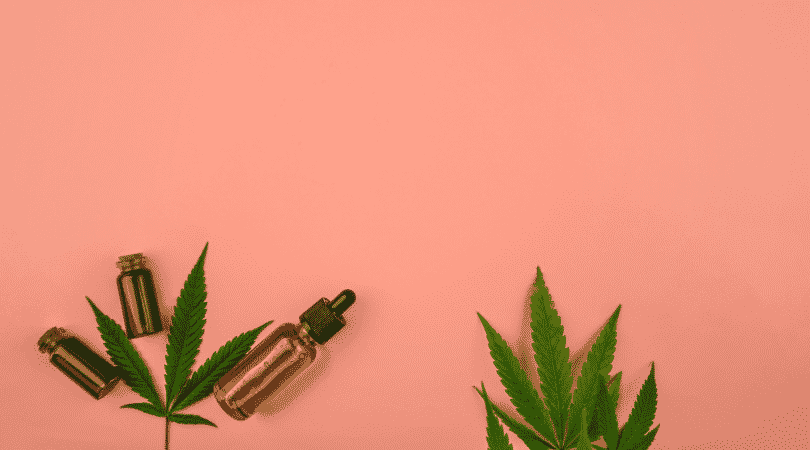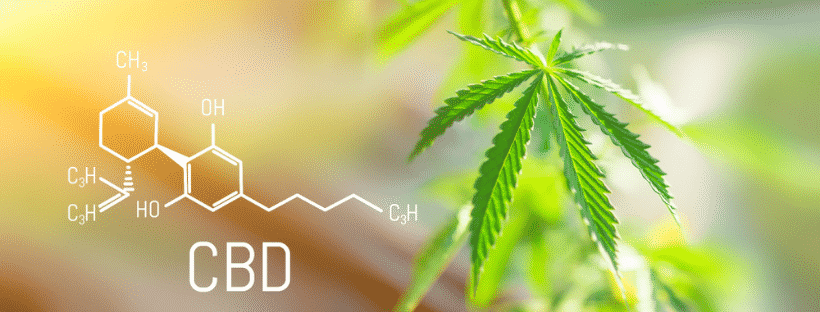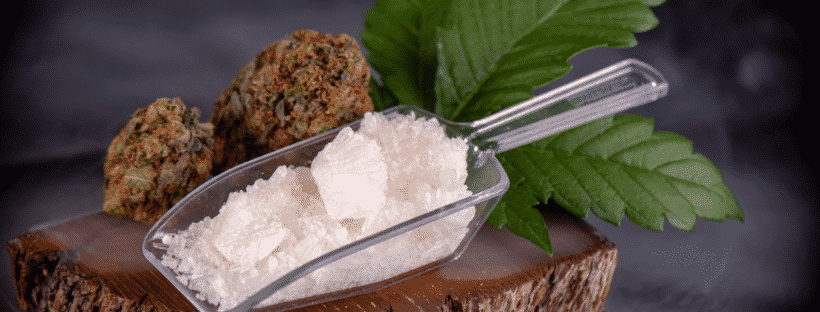
Full vs Broad Spectrum CBD: What is the Difference?
One of the biggest revolutions in health supplements in the 21st century is the explosion of CBD products. CBD is a cannabinoid isolated from either hemp or flowering cannabis, in order to be concentrated for use in CBD products.
If you have been watching the CBD space blow up in recent years, you are not alone, but many people just don’t know much about it, or where to even start gathering information. Well, that’s where we come in. We’re going to do a deep dive into CBD: what it is, what it does, how it’s made and consumed. Let’s take a look, compare full vs broad spectrum CBD and find out how they differ.
What Is CBD, Anyway?
CBD is short for cannabidiol, and it is one of the cannabinoids present in all varieties of cannabis, whether grown for hemp or for its psychoactive compounds, useful in both recreational and medicinal capacities. It is responsible for a feeling of relaxation and calm that it imparts in those who ingest it.
CBD differs from the main psychoactive ingredient in cannabis, delta-9-tetrahydrocannabinol, or THC. The main difference – it does not bind to CB1 receptors and does not produce any psychoactive effects. It will not get the users “high”, nor produce the euphoric feelings that accompany its more common cousin. This lets people enjoy the benefits that it can offer, without becoming intoxicated or feeling altered.
What Are Cannabinoids?
Cannabinoids are the naturally occurring chemical compounds in the cannabis plant. There are more than 65 distinct cannabinoids that have been identified in the plant. The most recognizable of these is of course delta-9-tetrahydrocannabinol, but now cannabidiol or CBD is making a name for itself in the health and supplement world.
Cannabinoids have a wide variety of effects and enact these effects on the body and mind by binding with specific cannabinoid receptors in the body, CB1, and CB2. The body also creates several cannabinoids that cannot be found anywhere else, and they are termed endocannabinoids. Some are psychoactive and some are not.

Different Types Of CBD Extracts
When CBD is extracted from cannabis, it is not extracted by itself. It comes out of the plant with a number of other substances and compounds as well. This means it needs to be further refined in order to be ready for incorporation into the method of administration. This can be pills, gummies, drinks, almost any food or drink item you can think of can be a vehicle for CBD. The different preparations are made from either a full-spectrum extraction, a broad spectrum extraction, or a pure isolate or distillate.
Full-Spectrum CBD
A full-spectrum CBD extract is one that still contains all of the other compounds that were naturally extracted from the hemp at the time of manufacture. This includes all of the terpenes, flavonoids, oils, and other cannabinoids. This allows the “full-spectrum” of the plant’s biology to work together with the CBD in order to magnify and add potency to the CBD. This is known as the “entourage effect” in the cannabinoid world.
Until recently, it was thought that highly concentrated pure CBD isolate was the most effective way to consume CBD. This was eventually debunked, however, when a more comprehensive study showed that patients who used a full spectrum CBD product had far greater pain relief than those only using a CBD isolate. The effects even increased with higher dosages, whereas the effects of the isolate stayed level throughout.
Broad Spectrum CBD
Broad-spectrum CBD extracts are a compromise between full-spectrum formulas and CBD isolates. They offer some of the same compounds of a full spectrum extract, such as the terpenes and the flavonoids, but the delta-9-tetrahydrocannabinol is completely removed, not even detectable trace amounts are left in. It is completely removed to negate any chance of a possible psychoactive experience when consuming the extract.
What Is CBD Isolate
A CBD isolate is, in scientific terms, the purest and concentrated version of CBD. Once the initial extraction is performed, the CBD is then singly removed and isolated often through a distillation process. CBD is often extracted from ultra-low THC hemp so that it can be produced in greater quantities without fear of crossing the THC content threshold set by the federal government.
This removes all of the other compounds and materials, such as terpenes, flavonoids, plant material, and of course all other cannabinoids. This leaves a pure CBD extract, which is optimal for those that need such, but a pure CBD isolate also has its drawbacks.

How Are The Different Types Of CBD Produced?
When CBD first hit the market, it was nearly all extracted from industrial hemp. Now that the cannabis market has begun to flourish in many states, there is an abundance of cannabis breeding programs that have lead to high-CBD varieties of cannabis that can be processed like conventional cannabis extracts. This leads to a much more predictable cannabinoid profile, and more predictable effects, in addition to massively boosted production.
Most commonly, CBD is extracted with CO2 extraction. This occurs when the plant is ground up and liquid CO2 is added to the plant material, separating all of the essential oils, terpenes, cannabinoids, and other compounds from the plant material. Once the plant material is removed, the CO2 solution is vacuum purged and what is left is the extract.
At this stage, if there is any THC in it beyond the federal limit, and it’s intended to be sold as CBD, in CBD-legal markets, the THC will need to be reduced to legal limits or removed entirely. If it is reduced to the federally allowed levels, the extract can be sold as full spectrum. However, if the THC is removed entirely, it cannot be sold as full-spectrum and must be labeled as broad-spectrum.
Full vs Broad Spectrum CBD: Which One Has More Benefits?
The main benefits to using a spectrum CBD instead of an isolate are the performance and effectiveness, due to the entourage effect. Once the companion cannabinoids are removed, the effectiveness drops considerably.
